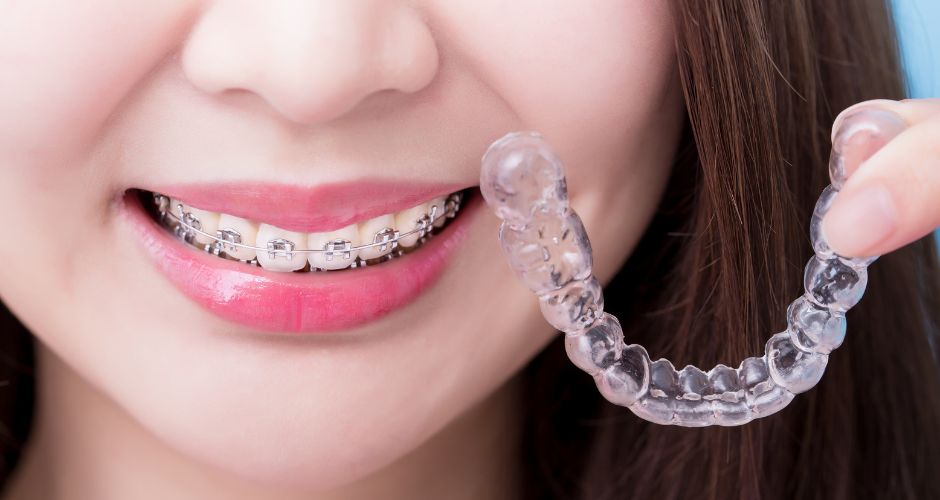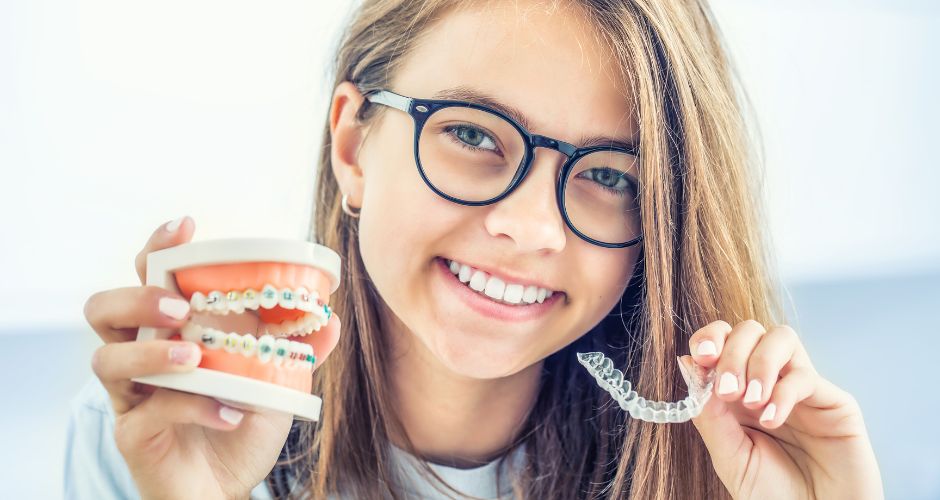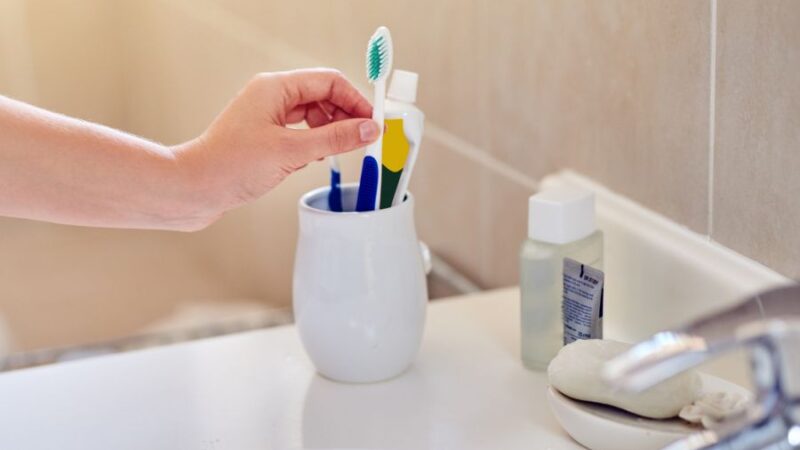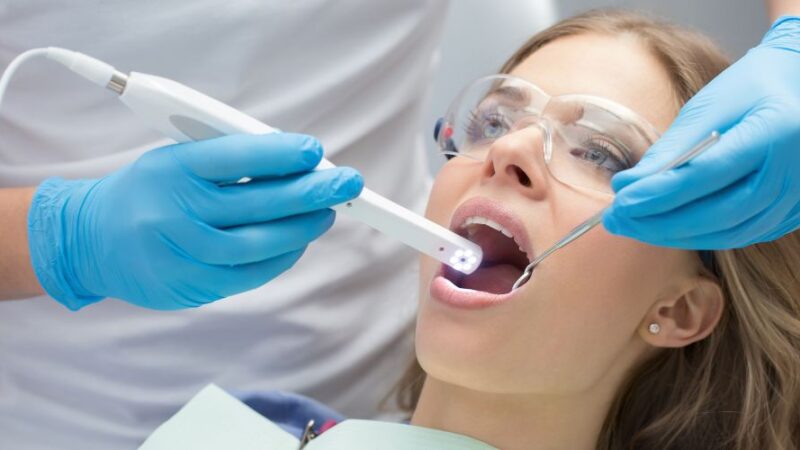Braces vs. Invisalign: Which is the Right Choice

Starting down the route to a straighter smile is an exciting decision, but deciding between Invisalign and traditional braces can be a fascinating and difficult process. While the goals of both orthodontic treatments are to straighten teeth and enhance oral health, their methods and effects on day-to-day living are very different.
We’ll discuss the differences between braces and Invisalign in this blog so you can decide which orthodontic treatment best suits your needs, preferences, and way of life. Knowing the salient characteristics of braces and Invisalign will help you achieve the smile you’ve always wanted, regardless of whether you’re thinking about the dependability of braces or the covert ease of Invisalign.
What are Braces?
Braces are orthodontic devices used to correct and straighten teeth, helping to improve a person’s bite and overall oral health. They consist of metal brackets, bands, and wires that exert gentle, consistent pressure on the teeth, gradually moving them into the desired position.

Here’s a breakdown of the key components of braces:
Brackets:
- Small, square-shaped pieces are typically attached to the front surface of each tooth.
- Brackets can be made of stainless steel or, in some cases, tooth-colored ceramic materials for a more discreet appearance.
Bands:
- Metal rings that encircle the molars, serving as anchor points for the braces.
- Bands can be attached to the back teeth and are connected to the brackets with wires.
Archwire:
- A thin, flexible wire that connects each bracket and guides the movement of the teeth.
- Archwires come in various materials, including stainless steel and nickel-titanium.
Elastics (Rubber Bands):
- It is often used to correct the alignment of the bite and jaw.
- Attached to hooks on the brackets, elastics apply additional force to specific teeth or groups of teeth.
How Braces Work
Braces work on the principle of continuous, controlled force. The orthodontist carefully plans the positioning of the brackets and adjusts the archwire during periodic appointments. As the teeth shift, bone remodeling occurs, allowing the teeth to adapt to their new positions.
Common Purposes of Braces
- Correcting Misalignment: Braces effectively address overcrowding, spacing, and crooked or rotated teeth.
- Bite Correction: Braces can help fix problems with the bite, including overbites, underbites, and crossbites.
- Improving Oral Health: Straightening teeth makes cleaning easier, reducing the risk of cavities and gum disease.
- Enhancing Aesthetics: While functionality is a primary focus, braces can create a more aesthetically pleasing smile.
What is Invisalign?
Invisalign is a modern orthodontic treatment that offers a discreet and convenient alternative to traditional braces for straightening teeth. Unlike traditional braces, Invisalign uses a series of clear, custom-made aligners to shift the teeth into their desired positions gradually. This innovative approach has gained popularity for its effectiveness and aesthetic appeal.

Key Features of Invisalign:
- Clear Aligners: Invisalign aligners are made from a transparent, medical-grade plastic material, making them nearly invisible when worn.
- Customized for Each Patient: Before treatment begins, a digital 3D scan or traditional impressions are taken to create a personalized treatment plan.A series of aligners are then custom-made to fit the patient’s teeth at each stage of the treatment.
- Removable: One of the main advantages of Invisalign is that the aligners are removable. Patients can take them out for eating, drinking, brushing, and flossing, providing more flexibility than traditional braces.
- Comfortable: Invisalign aligners are smooth and generally more comfortable than traditional braces, with no metal wires or brackets to irritate.
- Effective for Various Cases: While Invisalign is suitable for mild to moderate orthodontic issues, technological advancements have expanded its applications to more complex cases.
- Minimal Impact on Lifestyle: The discrete nature of Invisalign aligners allows patients to undergo orthodontic treatment without feeling self-conscious about their appearance.
Braces vs. Invisalign
Choosing between Invisalign and traditional braces is a personal decision that depends on various factors, including your orthodontic needs, lifestyle preferences, and aesthetic considerations. Here’s a comparison to help you make an informed decision:

| Feature | Invisalign | Braces |
| Visibility | Clear, virtually invisible aligners | Visible metal brackets and wires |
| Comfort | Generally more comfortable, no metal components | May cause discomfort and soreness, especially after adjustments |
| Maintenance | Removable for eating, brushing, and flossing | Fixed, requires special care during eating and cleaning |
| Treatment Duration | Varies, but often comparable to braces | Treatment duration varies, typically one to three years |
| Treatment Effectiveness | Suitable for mild to moderate cases, increasingly used for complex issues | Effective for a wide range of orthodontic issues, including severe cases |
| Lifestyle Impact | Minimal impact on daily activities | Impact on speaking and eating, especially during the initial adjustment period |
| Orthodontic Visits | Fewer visits, as patients often receive multiple sets of aligners in advance | Regular adjustments require frequent orthodontic visits |
| Dietary Restrictions | None, as aligners are removed for eating | Some restrictions to prevent damage to brackets and wires |
| Cost | Can be more expensive, costs vary based on complexity | Generally more cost-effective than Invisalign |
| Compliance | Requires discipline to wear aligners consistently | No risk of forgetting to wear them |
Both braces and Invisalign offer effective solutions for achieving a straight smile, each with advantages. Your choice may depend on the complexity of your orthodontic issues, personal preferences, and lifestyle considerations. Consult an orthodontist to assess your specific needs and determine which option best aligns with your goals for a healthier, straighter smile. Whether you opt for the traditional reliability of braces or the discreet convenience of Invisalign, the result is a confident and beautifully aligned set of teeth.
Recommended : Effective Home Remedies for Cleaning Dentures







One thought on “Braces vs. Invisalign: Which is the Right Choice”